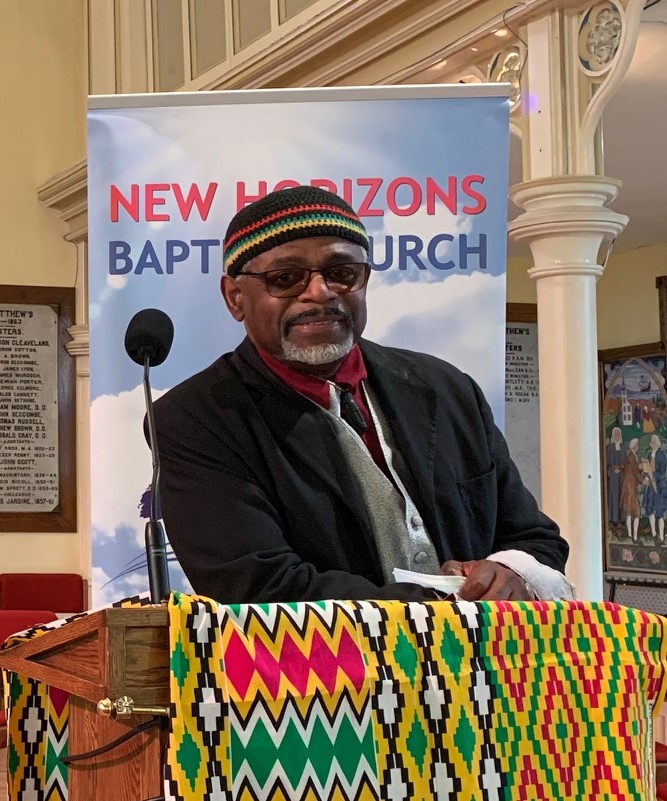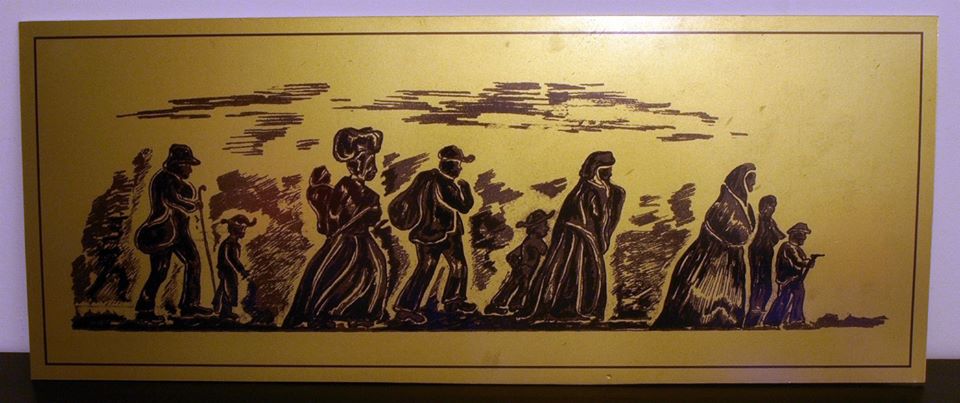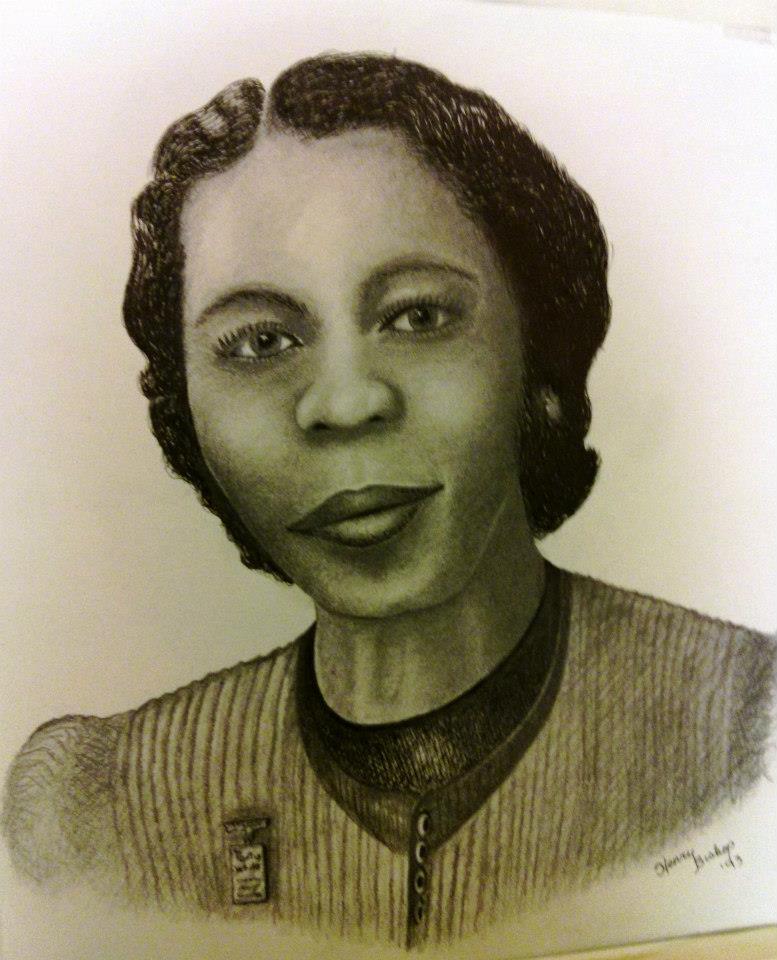Renowned artist and NSCAD alumni, Dr. Henry Bishop, recounts his journey as an African Nova Scotian visual artist from the 1970s to present.

Dr. Henry Vernon Bishop is a source of inspiration within the Nova Scotian arts community.
Renowned for his unwavering dedication to promoting the rich heritage and artistic endeavors of African and Black Canadians, Dr. Bishop strives to help young emerging creatives discover their artistic genius and find their footing in the arts sector.
“I’ve had the amazing opportunity to meet many great people in my life and they told me, it’s not about you, it’s about others who are influenced by you,” he says. “So, I tend to use that as my motto.”
Graduating from NSCAD University in 1975, Dr. Bishop has achieved several accomplishments in his career as a visual artist. His art works have been featured in museums, publications, and various galleries across North America. He served as creative director and curator of the Black Cultural Centre for Nova Scotia for 30 years, and was the first African Nova Scotian to be awarded an Honorary Doctor of Fine Art from NSCAD in 2000.
ART AS WELLNESS THERAPY
Born and raised in the historic Black community of Weymouth Falls in Digby County, Dr. Bishop’s family roots in Nova Scotia stretch back over 300 years, empowering him with a deep sense of his ancestral legacy.
Before embarking on his journey to NSCAD, Dr. Bishop’s inkling towards art started when he was a youngster growing up on his family farm.
“I was always doodling or doing something with a piece of pencil or crayon,” he says. “And as I got older, I took solace in drawing and got encouragement from my mom to take it seriously.”

“I was always doodling or doing something with a piece of pencil or crayon."
Dr. Henry Bishop
As the young Dr. Bishop honed his artistic skills, he had to cope with low self-esteem, shyness, and stuttering issues throughout school, as he struggled with poverty, self-identity, anxiety, and systemic discrimination. Nature, drumming, and drawing became his outlet and refuge from the societal pressures he faced at that time in his life.
“Exploring nature became my joy and freedom from all the negativity that was happening,” he explains. “Kids can be very cruel around that age, so drawing was one of the ways I used to cope and start that healing.”
Despite these challenges, Dr. Bishop gained recognition for his artistic ability. His teachers would usually ask him to draw art for a school play, concert, holiday celebrations or other events happening at the school.
“They would ask me to draw a Halloween pumpkin, or Santa Claus or Easter Bunny; they were using me like crazy for free,” he says, laughing. “But they never really gave me credit or the encouragement to go to professional art school.”
THE JOURNEY TO NSCAD
A pivotal point in Bishop’s artistic journey was when he was in Grade 10. He remembers two NSCAD representatives coming to his Weymouth High School and giving a presentation on the various programs and courses at the college.
“They said, ‘Anybody here who’s an artist, raise your hand,’ and I did,” Dr. Bishop explains. “They told me, ‘You’re a born artist, you should come check us out,’ and I was very excited because I didn’t think you could go to school to study art. That is what sparked the flame in me; I ran home that day and said, ‘Mom, I want to go to art school,’ and she gave me permission.”
Dr. Bishop applied to NSCAD after his high school graduation in 1971 and was accepted. He went on to become the first African Nova Scotian man to graduate with an Associate Degree in Graphic Design at the university.
“Sometimes my fellow students would try to intimidate me.
They felt like I shouldn’t be there, and I don’t belong there."Dr. Henry Bishop
In addition to being the only Black student in his class, Dr. Bishop had to navigate life as a Black artist in an era where civil rights and racial discrimination were at the forefront of the political landscape in Canada.
“Sometimes my fellow students would try to intimidate me,” he says. “They felt like I shouldn’t be there, and I don’t belong there. The same thing happened when I tried to get jobs after graduating; as soon as I show up and they saw I was a Black person, suddenly the job opening was gone. However, if my White colleague came after to apply with the same credentials as me, the company would give him an interview!”
Dr. Bishop didn’t allow this to deter him and continued to apply for jobs normally reserved for non-Black individuals. Eventually, he landed jobs as a graphic designer in various companies and Black organizations, creating logos, posters, publications, and other graphic images.
“I became determined and resilient,” he says. “I told myself, these people don’t define me, I define me. This is what changed my whole perspective in life.”
Since then, Dr. Bishop has been dedicated to amplifying the contributions of Black artists, past and present. During his tenure as curator of the Black Cultural Centre for Nova Scotia, he recognized the importance of representation and diversity within the art field.
“A lot of the art I see from African Canadian artists has been flying below the radar and that has to change,” he says. “We have so many great African Nova Scotian artists here, but a lot of it has been overshadowed by other industries. When people think of Black artists, they think of Drake or The Weekend; they don’t think about visual art displayed in galleries or museums. We need to find better ways to promote Black excellence in all forms of art!”

NUTURING AFRICENTRIC ART
Dr. Bishop also emphasizes the need for systemic change and institutional support for Black artists; this includes scholarships to art schools, partnering with communities to create Africentric art exhibitions, and colleges like NSCAD offering art presentations, like the one he attended in high school.
“Go into the Black community,” he says. “Go into the Black churches, go into the schools, go into areas with large Black populations to market the potential of art. Talk to diverse students about art school and the kind of jobs they can get with their artistic talent. Art is everywhere, but you have to educate folks and expose them to it to begin with.”
His advice to emerging Black artists is to surround themselves with positive people that have the same values and goals as they do.
“It’s not the crowd that makes you who you are; it’s those that hold you up to higher standards,” he says. “There will be people that do not want you to succeed, but don’t lose focus of what you want to be. Remember, you are not an exception — you are exceptional!”
Learn more about how to organize a NSCAD presentation at your school.
